In the sub-ppb range.
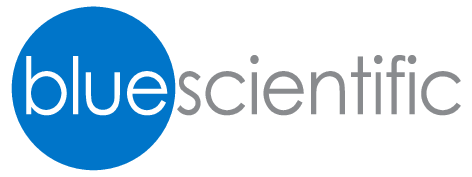
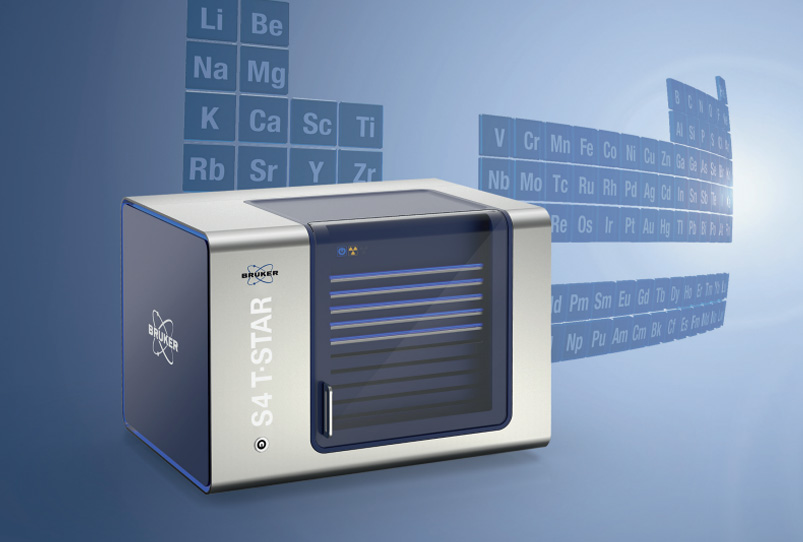
The Bruker S4 T-STAR is a powerful ultra trace element analysis system. TXRF (Total Reflection X-ray Fluorescence) spectroscopy is an established technique for trace element analysis in a wide variety of samples. The S4 T-STAR simplifies TXRF, with 24/7 routine operation and guaranteed data quality, making it an attractive alternative to ICP.
In the sub-ppb range.
Wide range of sample carriers available. High capacity for up to 90 samples.
Much simpler sample preparation and more eco-friendly, with a CO2 footprint around 10 times lower.
TXRF is a fast and cost-effective alternative to ICP analysis. Where ICP requires fully dissolved liquid samples, the S4 TStar can analyse a wide variety of sample types. Various carriers and tools are available for different samples, making preparation easier and quicker than ICP. It’s also much greener, with a CO2 footprint around 10 times lower.
Ultra trace analysis you can rely on, to comply with regulations in a variety of fields. If your area of work is not mentioned here, please get in touch.
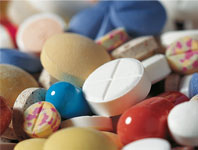
Detect catalyzer elements in active pharmaceutical ingredients (API): < 0.1/0.5 ppm Pd in liquids or pills. Comply with upcoming US and EU Pharmacopeia guidelines.
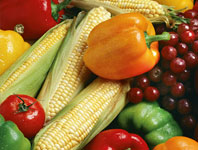
Food safety according to FAO/WHO standards eg directly analyse As levels in rice, as low as < 40 ppb. Prevent fraud and ensure product safety in globalised supply chains.
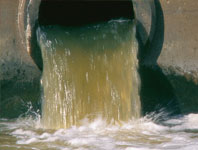
Maintain a healthy environment by monitoring contaminants in water, effluent, air and soil. < 10 ppb detection of contaminants in wastewater, slurries and effluent.
The Bruker S4 TStar is the first TXRF spectrometer that runs QC routines automatically to qualify operation and performance in the background, ensuring data quality. Automatic stability and sensitivity checks are run with integrated QA samples.
Bruker’s SampleCare™ protects samples and improves data quality. Reduced air flow and integrated sample housing minimises the risk of contamination. A slight stream of nitrogen shields the samples, and removes argon from the air for improved detection of palladium and silver.
Control the quality of your sample with a magnified image from a CCD camera. All sample images are archived automatically for review.
The S4 TStar sample changer has a high capacity of up to 90 sample discs. Automated batch processing is available, so you can measure samples overnight. The TStar is designed for multi-user operation, with up to 10 different trays. These can be loaded and unloaded while the instrument is running.
Dedicated sample trays are available for different types of samples. These are recognised automatically, for efficiency and to prevent errors. All open measurement jobs can be started immediately, increasing throughput and speed.
Typically, samples are prepared multiple times. Straight after measurement, statistical data is reported automatically (average, standard deviation etc.). Standard libraries allow the determination of recoveries. Any deviations from the admissible tolerance are highlighted for you.
Instruments for environmental monitoring of water, air and soil.
Systems for food process and quality control and analysis.
How to use TXRF trace analysis in biopharmaceuticals, to measure nutrients & identify contaminants in cell culture media.
Trace element analysis for biopharmaceutical, clinical & life science research eg iron, copper & more.
TXRF trace element analysis was used to analyse essential nutrient deficiencies in COVID-19 patients, suggesting that zinc and selenium supplementation may support recovery.
Stockholm University used TXRF in life science research, publishing an article in Nature entitled "Metal-free ribonucleotide reduction powered by a DOPA radical in Mycoplasma pathogens".
Analysing nanoparticles with TXRF trace element analysis, with examples and details of experiment set-up.
Testing water with TXRF trace element analysis. Analyse industrial waste water, fresh water, sewage, tap water, filter samples and environmental monitoring.
Using portable and benchtop XRF spectrometers to quickly analyse food samples and beverages. Sample preparation is simple and easy for both liquid and solid samples, with no laborious digestion procedures or hazardous chemicals.
Watch on-demand